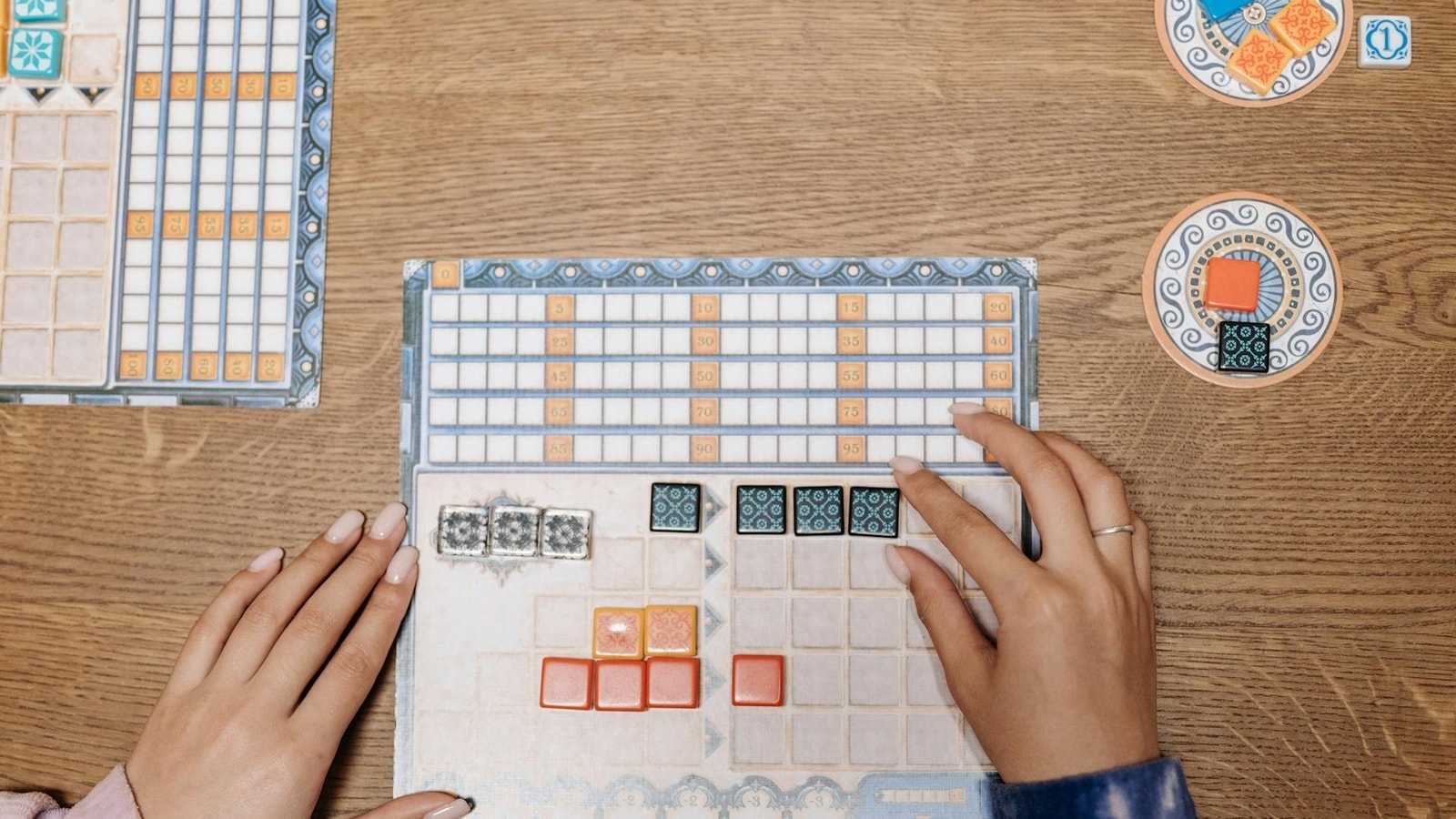For most of his 23-year career, Simone Bellotti, 45, the creative director of Bally, worked behind the scenes. In fact, that was the plan when, in October 2022, he became the Swiss brand’s design director under Rhuigi Villaseñor, the then-30-year-old founder of the Los Angeles-based streetwear line Rhude. Bellotti, a well-liked veteran of the Italian fashion industry, was to quietly help Villaseñor run the 173-year-old house. But when Villaseñor left Bally in 2023, after a little over a year, Bellotti was pushed into the spotlight. “I was happy and surprised,” he says. “And a bit stressed.”
Bellotti was born about 20 miles north of Milan in Giussano, a town known for producing furniture. His father, Romano, was an upholsterer; his mother, Bruna, assisted Romano and looked after their three children: Bellotti, the middle child, and his two sisters, Roberta and Emanuela. “I still remember the noise of the machine [in my father’s workshop] and the perfume of the wool,” he says of his childhood, which he describes as carefree. When Bellotti was 13, his father, then 49, died unexpectedly. “After that, it was not so easy.”
At 18, he began studying fashion design and patternmaking at Milan’s Istituto Secoli. But unlike many of his classmates, who sought internships at bigger houses after graduating, he was drawn to more outré independent designers like Martin Margiela and Veronique Branquinho. “I was attracted by the aesthetic coming from Antwerp,” says Bellotti, who apprenticed for eight months at the Belgian label A.F. Vandevorst. In 2007, after working for various Milan-based companies — Gianfranco Ferré, Bottega Veneta and Dolce & Gabbana — he relocated to Florence (he would later move to Rome) to design for Gucci, where he spent nearly 16 years. Although Bellotti speaks fondly of that experience, he says that when Bally called him back to Milan once again, he knew it was his time to go: “It felt like a new beginning in my old town.”
For his spring 2024 Bally debut, Bellotti nodded to the brand’s history as a leather goods house, sending out men and women in copious amounts of leather: bombers, blazers, trenches, even summer dresses. Yet the collection also felt distinctly alpine: clean, utilitarian and sporty. “Switzerland isn’t just precision, chocolate and banks,” Bellotti says. “It can also be something less rational.”

























